2/3 March
 Instant Download
Instant Download
Details
Description
SKU: A0.927168
Composed by George Willson. 20th Century,Contemporary. Score and parts. 73 pages. George Willson #3515727. Published by George Willson (A0.927168).Written during my time in the Army, this march emerged as a sort of "musical joke." The melody and rhythm parts alternate between 6/8 and 2/4 (or 2 over 3) time throughout the piece with the quarter and dotted-quarter keeping the same beat. It incorporates nearly every march convention that my friend and I could think of from the low brass taking over the strain and piccolo obbligato to the baffling euphonium arpeggios in the final strain along with the equally bafflingly obnoxious trombone countermelody. At the same time, it breaks convention by granting the horn players the melodic line in the trio section instead of giving them the back beats they love so much. One of the stranger jokes whose meaning one might miss is the mix up of beats at the key change which was done deliberately to put the generals and first sergeants out of step. It also contains a symphony's worth of stingers at the end (because 19-year-old me was hilarious ... apparently).
Mp3 performance is a midi extracted from the composition program.
This product was created by a member of ArrangeMe, Hal Leonard’s global self-publishing community of independent composers, arrangers, and songwriters. ArrangeMe allows for the publication of unique arrangements of both popular titles and original compositions from a wide variety of voices and backgrounds.
Digital Downloads are downloadable sheet music files that can be viewed directly on your computer, tablet or mobile device. Once you download your digital sheet music, you can view and print it at home, school, or anywhere you want to make music, and you don’t have to be connected to the internet. Just purchase, download and play!
PLEASE NOTE: Your Digital Download will have a watermark at the bottom of each page that will include your name, purchase date and number of copies purchased. You are only authorized to print the number of copies that you have purchased. You may not digitally distribute or print more copies than purchased for use (i.e., you may not print or digitally distribute individual copies to friends or students).
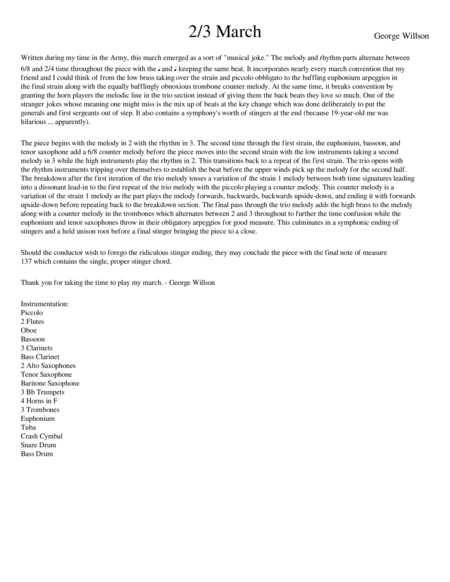
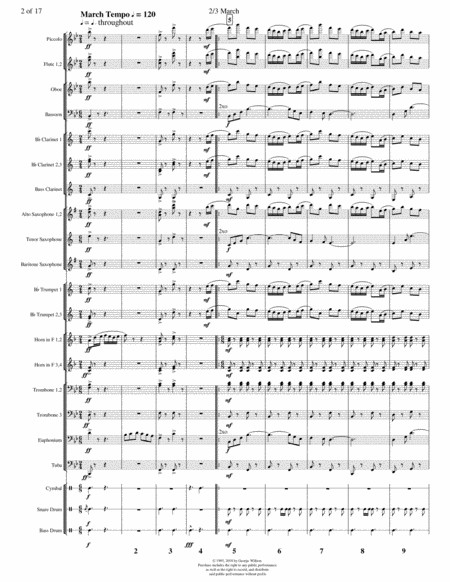
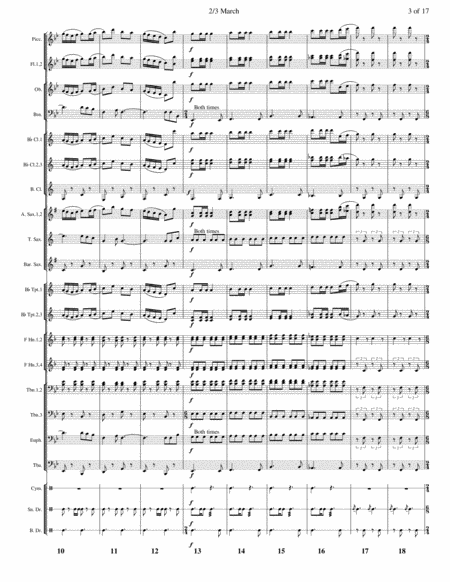
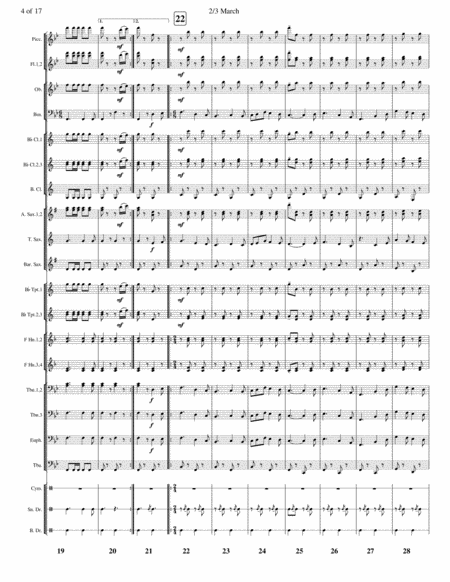
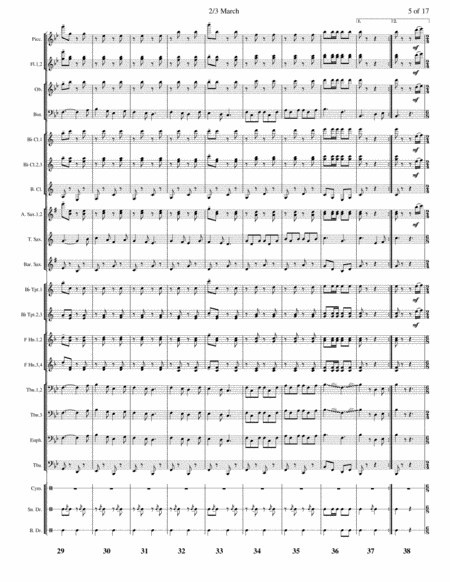
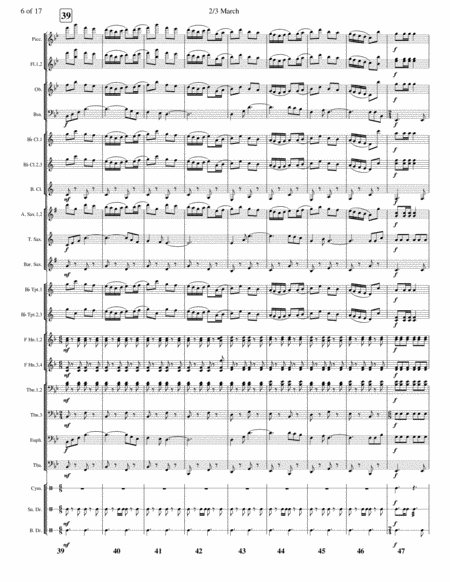
 Share
Share